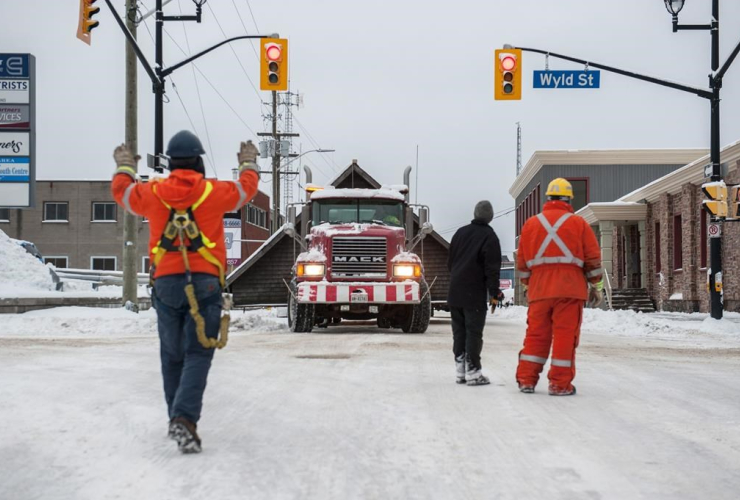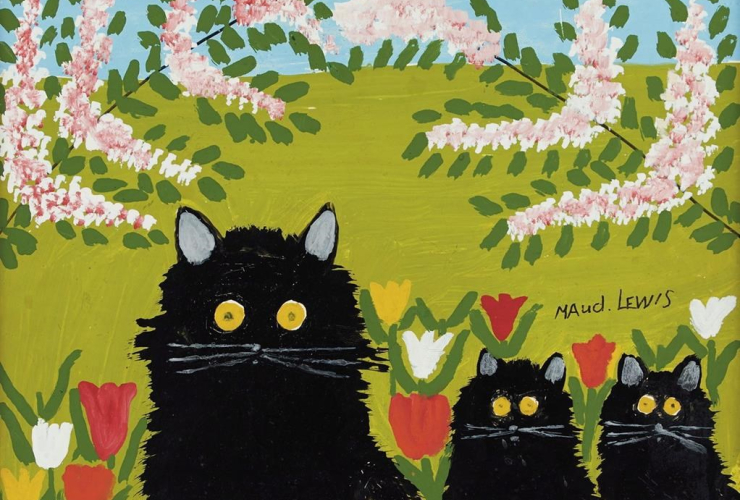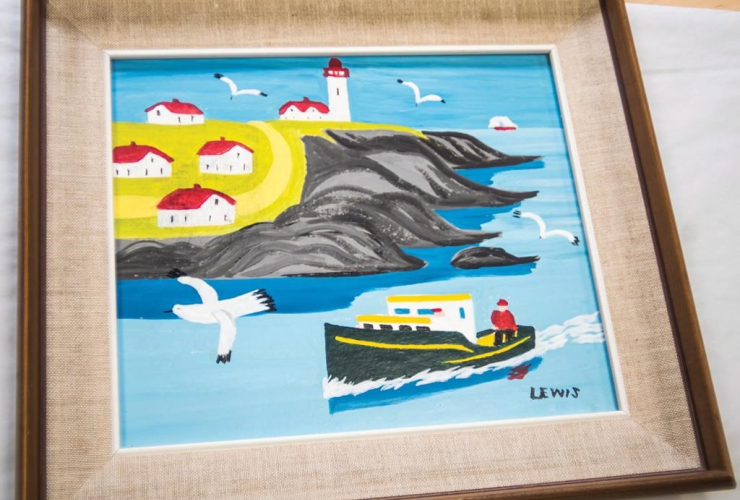The federal government has deemed the birth of the Dionne Quintuplets as an event of national historical significance.
The story of the northern Ontario sisters is among 12 events, people or places given the designation Tuesday.
The government says the birth and survival of "five identical, premature and undersized" babies was an unprecedented event that drew international attention.
The quintuplets remain a source of fascination in some quarters, with one grass-roots group mounting a year-long campaign to preserve the sisters' childhood home in North Bay, Ont., and turn it into a museum.
The campaign succeeded, and the log cabin was successfully relocated to a new site in North Bay in November of last year.
Family spokesman Carlo Tarini says the museum will likely open its doors in July or August.
Tarini said the two surviving quintuplets, Annette and Cecile Dionne, were "happy and proud" of the official government recognition.
Anette, Cecile, Emilie, Marie and Yvonne Dionne became instant sensations upon their birth on May 28, 1934.
Their arrival to an impoverished couple was hailed as a medical miracle. At the time, they were the only known quintuplets to survive more than a few days, and their story made headlines around the world.
Many tried to capitalize on their fame, including the Ontario government, which took the quints from their parents and turned them into a tourist attraction for the first nine years of their lives.
The quints weren't allowed to live in the family home or play with their other siblings. A hospital/nursery was built across the road from the family homestead and nurses and teachers were hired to care for the girls.
Dubbed Quintland, the Dionne girls' home became a money-making tourist attraction for the province during the Depression years. An estimated $500 million flowed into the northern Ontario economy during Quintland's heyday, when the girls were observed through one-way glass by more than five million tourists.
Two of the quintuplets died young — Emilie of suffocation during an epileptic seizure at age 20 and Marie of a blood clot in her brain at age 36.
In the 1990s the three surviving Dionne quints sued the Ontario government for separating them from their family and putting them on display as children. They received a $4-million settlement from the province.
Their birth home was bought by the City of North Bay and brought there from the nearby community of Corbeil, Ont., in 1985, then turned into a museum dedicated to the family's story.
The Dionne Museum closed to the public in 2015 after the city's chamber of commerce stopped running it, and the resulting struggle to find a replacement prompted officials to suggest moving it to the nearby community of Strong, Ont.
A group of residents rallied against the proposal, lobbying city council for months until it was voted down in favour of moving the home locally.





Comments